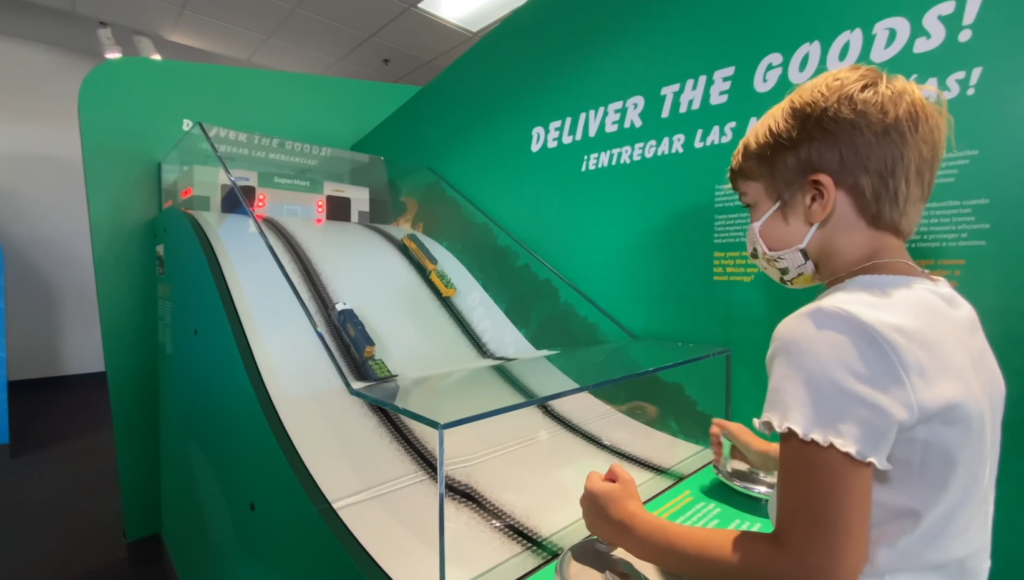Case Study:
Ready for takeoff!
Woodward energy on the move exhibits
The Need
In 2020, Exhibit Concepts and History Factory partnered together to design, fabricate and install interactive exhibits to highlight Woodward’s mission and areas of expertise, with Exhibit Concepts focused on the fabrication and installation project responsibilities.
Exhibit Concepts created six interactive exhibits within three themes plus an introduction wall at the children’s galleries of two discovery museums: Fort Collins Museum of Discovery and the Rockford Discovery Museum.



The Solution
The project kicked off in February of 2020 with design, but due to COVID-19, the fabrication and installation were delayed several months. To prepare for a speedy installation, Exhibit Concepts continued to work through the design and detail drawings to ensure a smooth production timeline until all facilities were reopened. Once our talented master craftsmen were back on the shop floor, fabrication happened at rapid pace due to the pre-planning. The six interactives we built were themed to show how energy works according to the aspects of air, land, and water.
Video Courtesy of Woodward.
Air
For the “Air” exhibit wall, we produced two interactives. The first was a cutaway of a jet engine that was backlit with animated LED lighting to show the stages of the engine.
The second, and more complex interactive, was a “Ready for Take-Off” video game that was used to teach the children how to use the jet engines efficiently to conserve fuel resources while flying an airplane. This interactive utilized the “Thrust Reverser Actuation System (TRAS)”, a product produced by Woodward for Airbus airplanes that helps to slow down the aircraft after touch-down and reduce the wear on the brakes
Land
“I think I can, I think I can.”
Visitors using the land wall will be chanting this classic Little Engine that Could line to themselves as they crank two handwheels to get their train to the top of the hill. This interactive was designed to teach the user how it takes more energy to move a heavy train along the tracks and up a hill, than is used for a lighter train, by turning two handwheels at once to make the trains move up the hill. The lighter train will use half of the effort that the heavy train uses and will reach the top first.
The second interactive element was a cutaway of a diesel engine. This allowed the user to turn a hand crank to move the parts of a diesel engine. Behind this engine was a backlit LED panel which would light up to highlight the various stages of combustion and exhaust that work within a diesel engine.
Water
The two interactives to represent water, are intended to educate about generators and hydroelectric power plants.
The first was used to teach the user about the generators within a hydroelectric plant. The user turns a handwheel to create energy. When the handwheel is turned a light bar will light up starting red, then progressing to yellow, and finally to green. When the entire light bar is green the user has successfully generated the necessary amount of electricity.
The second interactive was used to demonstrate the different stages of a hydroelectric power plant. In order to avoid using water for this piece, when the user raises a lever, marbles are released to run down a hill toward the turbine. The marbles push through the turbine, turn the generator, and the generator illuminates the lights on the city scape. If the lever was raised to the optimum place, the entire city would light and stay lit. If the lever was not pushed far enough, only a portion of the city would light up, and other lights would flicker. If the lever was pushed too far, the entire city would light up and then brown out, as too much water was used and there was no longer enough water to run the turbine.


The Takeaway
Although COVID-19 brought unexpected delays and challenges to the project timeline, our “heavy train” made it up the hill and into the station as the exhibits are now fabricated and installed at both locations. It is always fulfilling for us at Exhibit Concepts to achieve the client’s vision, and to witness the joy children (and adults alike!) experience through these educational, hands-on engagements



